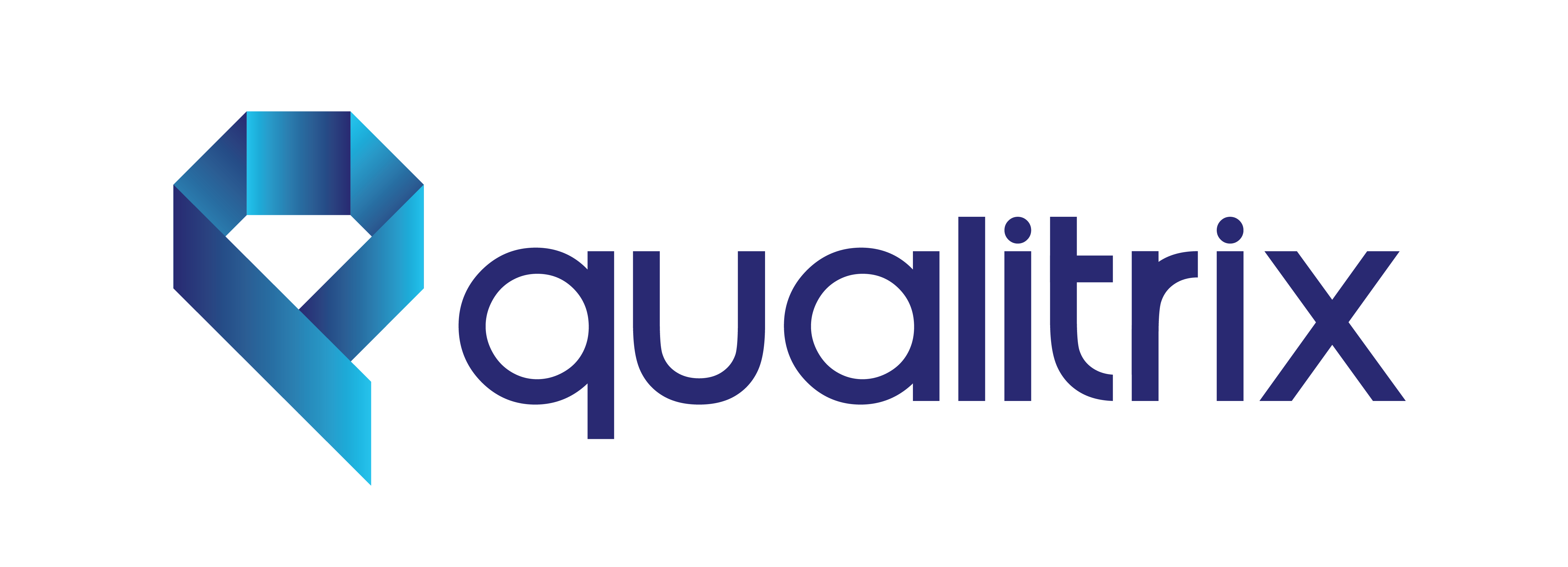Introduction
In the dynamic landscape of software development, the migration to cloud infrastructure and the adoption of distributed environments have become commonplace. As organizations embrace these technological shifts, it is imperative to align testing practices with the distributed nature of applications. In this blog, we will explore the strategies and best practices for implementing Test Automation and Quality Assurance (QA) in cloud and distributed environments, ensuring robust and scalable testing processes.
1. Understanding the Challenges of Cloud and Distributed Environments
1.1. Network Latency and Connectivity
Challenge: Cloud and distributed environments introduce network latency and connectivity issues that can impact the execution and synchronization of test scripts.
Solution: Optimize test scripts and frameworks for distributed execution, minimizing dependencies on low-latency networks. Leverage tools that support parallel execution and distributed testing to enhance efficiency.
1.2. Scalability and Resource Management
Challenge: Ensuring that test environments can scale dynamically and efficiently manage resources in a distributed setup can be challenging.
Solution: Embrace cloud-based infrastructure and tools that provide on-demand scalability. Leverage containerization and orchestration technologies, such as Docker and Kubernetes, to efficiently manage resources and ensure reproducibility of test environments.
1.3. Data Management and Consistency
Challenge: In distributed environments, maintaining consistent test data across different instances and databases can be a complex task.
Solution: Implement strategies for data virtualization or use synthetic data generation to create consistent and reproducible test data. Leverage cloud-based database services with snapshot and rollback capabilities to ensure data consistency.
1.4. Test Environment Configuration
Challenge: Configuring and maintaining test environments consistently across distributed setups can be challenging, leading to variations in testing conditions.
Solution: Utilize Infrastructure as Code (IaC) tools, such as Terraform or AWS CloudFormation, to automate the provisioning and configuration of test environments. This ensures consistent setups across different stages of testing.
2. Leveraging Cloud-Based Testing Platforms
2.1. Cloud Testing Services
Advantage: Cloud testing services, such as AWS Device Farm, Sauce Labs, or BrowserStack, provide a wide range of real devices and browsers for testing.
Best Practice: Integrate cloud testing services into your test automation framework to ensure compatibility across multiple devices and browsers. This approach allows for efficient and comprehensive testing without the need to manage an extensive device lab.
2.2. Cloud-Based Test Automation Tools
Advantage: Cloud-based test automation tools, like TestProject or LambdaTest, offer cloud-native solutions for creating, executing, and managing test scripts.
Best Practice: Choose tools that provide seamless integration with popular cloud platforms and services. Leverage the scalability and flexibility offered by these tools to execute tests in parallel across distributed environments.
3. Implementing Continuous Testing in Distributed Environments
3.1. Continuous Integration and Continuous Deployment (CI/CD)
Advantage: CI/CD pipelines automate the testing and deployment processes, ensuring that changes are tested and validated consistently.
Best Practice: Integrate test automation scripts into CI/CD pipelines to achieve continuous testing. Leverage cloud-based CI/CD services, such as Jenkins, Travis CI, or GitLab CI, for scalable and distributed test execution.
3.2. Automated Deployment and Rollback Mechanisms
Advantage: Automated deployment and rollback mechanisms ensure that changes are deployed consistently and that issues are addressed promptly.
Best Practice: Utilize cloud-native deployment tools and services, such as AWS CodeDeploy or Kubernetes, to automate the deployment process. Implement automated rollback mechanisms in case of test failures or issues in production environments.
4. Ensuring Security in Distributed Testing Environments
4.1. Data Encryption and Secure Communication
Best Practice: Implement data encryption and secure communication protocols to protect sensitive information transmitted between distributed components.
Consideration: Leverage cloud security services and features to ensure secure communication and data encryption. Utilize Virtual Private Clouds (VPCs) or private network configurations to isolate testing environments from public access.
4.2. Compliance with Regulatory Standards
Best Practice: Ensure that testing practices align with regulatory standards and compliance requirements, especially in industries with strict data protection regulations.
Consideration: Collaborate with security and compliance teams to establish testing practices that adhere to industry-specific regulatory standards. Leverage cloud services with built-in compliance features, such as AWS GovCloud or Azure Government, when necessary.
5. Collaboration and Communication in Distributed Teams
5.1. Collaboration Tools
Best Practice: Leverage collaboration tools to facilitate communication and coordination among distributed teams involved in testing.
Consideration: Utilize collaboration platforms, such as Slack, Microsoft Teams, or Confluence, to enhance communication, share test artifacts, and streamline collaboration between team members located in different geographical locations.
5.2. Centralized Test Management Systems
Best Practice: Implement centralized test management systems to ensure that test artifacts, results, and reports are accessible to all team members.
Consideration: Choose test management tools that offer cloud-based solutions and support integration with popular test automation frameworks. This ensures that teams have centralized access to test assets and results, fostering effective collaboration.
6. Continuous Learning and Improvement
6.1. Monitoring and Analytics
Best Practice: Implement monitoring and analytics tools to track the performance of test executions and identify areas for improvement.
Consideration: Utilize cloud-based monitoring services, such as AWS CloudWatch or Google Cloud Monitoring, to gain insights into the performance of distributed testing environments. Leverage analytics to identify patterns, bottlenecks, and opportunities for optimization.
6.2. Regular Training and Skill Development
Best Practice: Invest in ongoing training and skill development for team members to stay abreast of the latest technologies and best practices in cloud and distributed testing.
Consideration: Encourage team members to participate in training programs, webinars, and conferences focused on cloud-based testing and distributed testing practices. Foster a culture of continuous learning to adapt to evolving technologies and methodologies.
Conclusion: A Seamless Journey into Distributed Testing Excellence
Implementing Test Automation and QA in cloud and distributed environments requires a strategic approach that encompasses technological considerations, best practices, and a commitment to continuous improvement. By leveraging cloud-based testing platforms, embracing continuous testing in CI/CD pipelines, ensuring security compliance, fostering collaboration in distributed teams, and prioritizing continuous learning, organizations can embark on a seamless journey toward testing excellence in distributed environments. As technology continues to evolve, the adoption of cloud-native testing practices will become increasingly crucial for organizations striving to deliver high-quality software in an agile and distributed world.

